Every self-respecting petrol-head has their bucket list of cars that they just have to slam the accelerator in before they kick it. Or not - for speed isn't the only thing that goes into making a great car. Also important is history, handling and a whole host of other less obvious factors that only true motoring aficionados will appreciate.
Out of our original list of 50 favourite cars, only one missile remains: the Ferrari F40.
There have been times – rare ones, I concede – where briefly the F40 is superseded in my mind as the greatest road car I’ve driven. It happened a few years back with the LaFerrari, and many years before with the McLaren F1. But once time is allowed for true perspective, there it always is. The F40. Enzo’s last car.
Ferrari’s thoughts on the car were much like the man: ribald and forthright. “This car is so fast,” he was reported as saying, “you’ll shit yourself.” And in 1987 perhaps that was a risk. But we acclimatise: you don’t expect any longer to run screaming from the room when Psycho comes on the telly, or vomit in your lap when The Exorcist is being shown, as did people originally, so I’m expecting the upholstery of Paul Winkelmann’s F40 to remain out of harm’s way. But that’s not why I’ve borrowed it from Bob Houghton’s Cotswolds Ferrari emporium. I don’t really care how fast it is, I just want to see, hear and, above all, feel it working one last time.
Paul’s is the perfect F40 – because it is far from perfect. It’s a totally original car, well used and fitted with neither catalytic converters nor adjustable suspension, which BH Ferrari’s F40 guru Russell Smith tells me is the most desirable spec to have. Bodily there is the odd blemish. Mechanically, it is bang on, completely standard but maintained in the peak of physical fitness. And as ever with these guys, there are no rules: here are the keys, bring it back when you’re done.
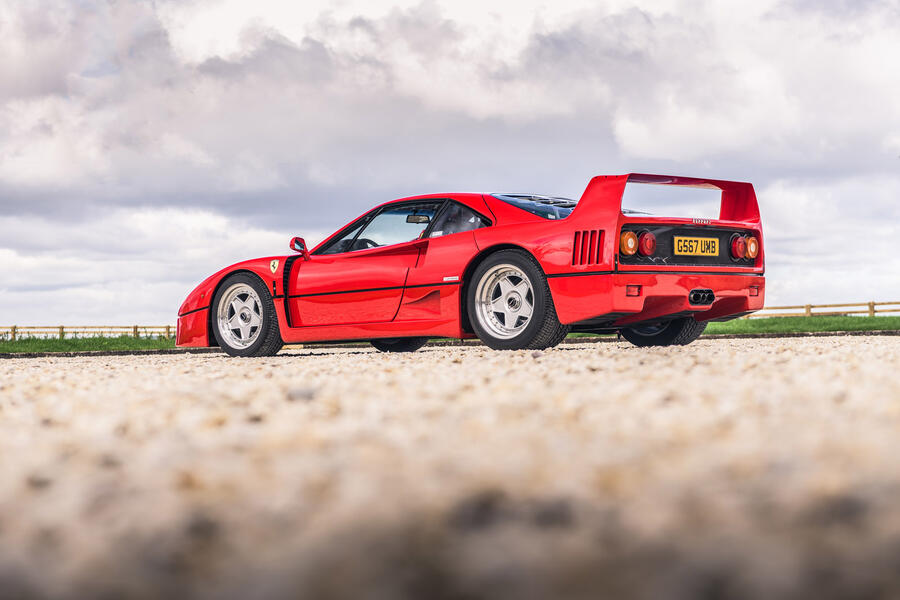

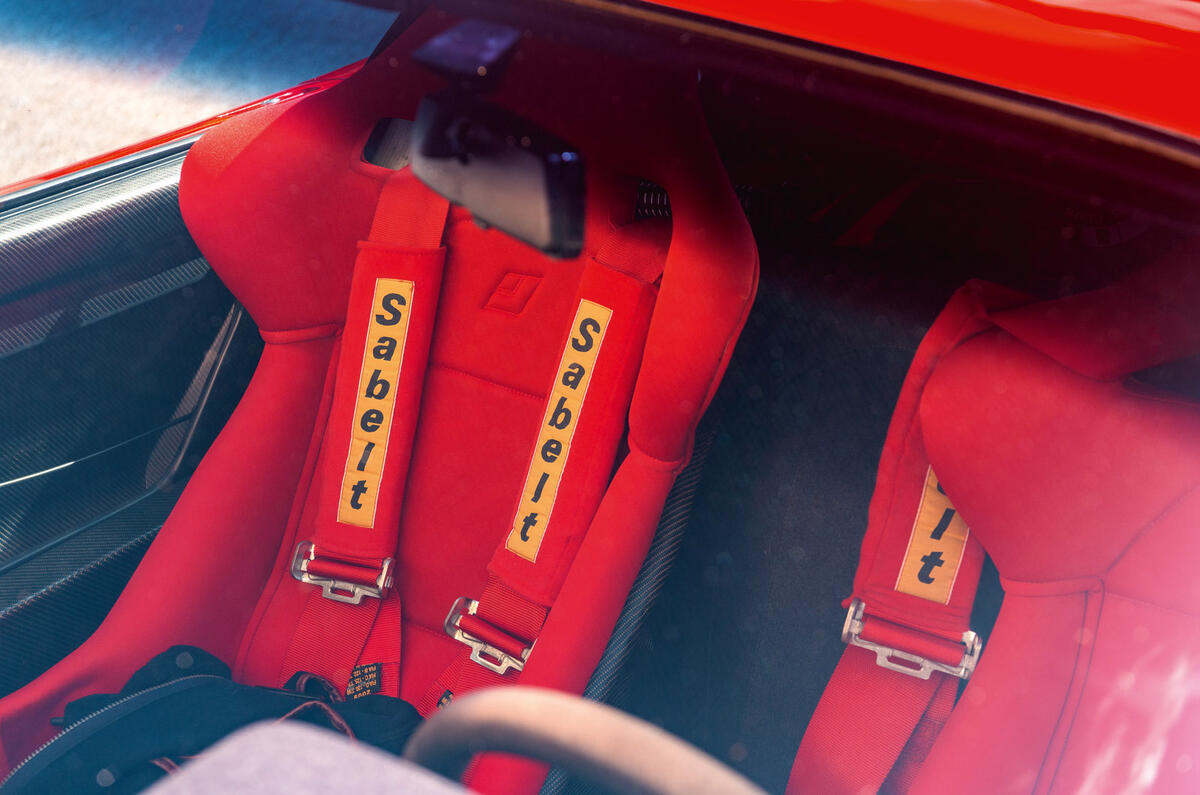
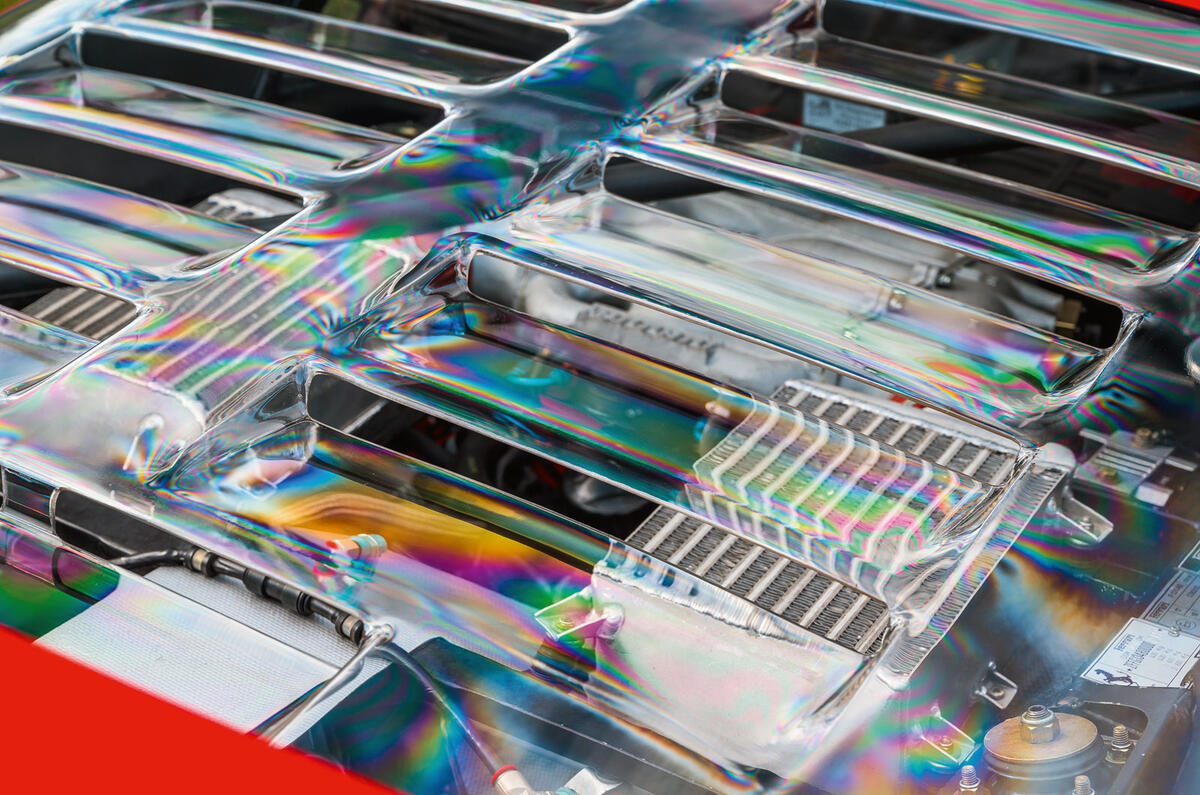
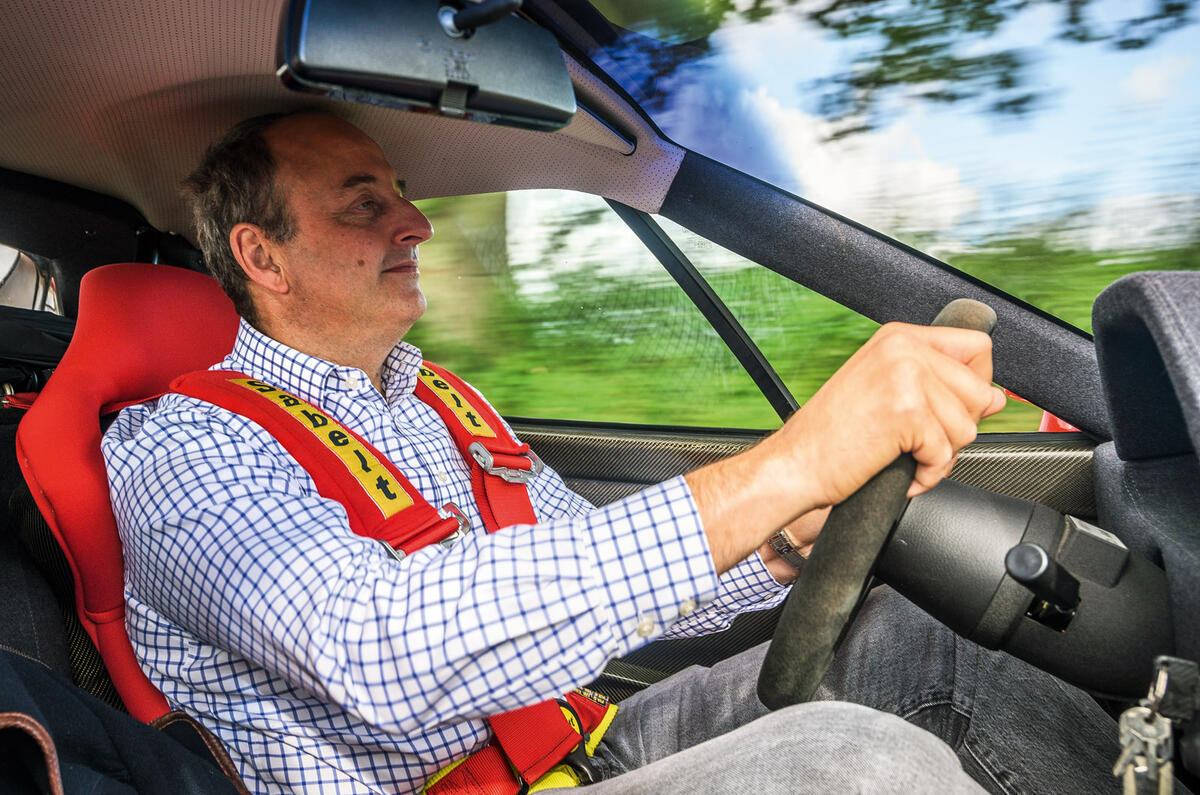

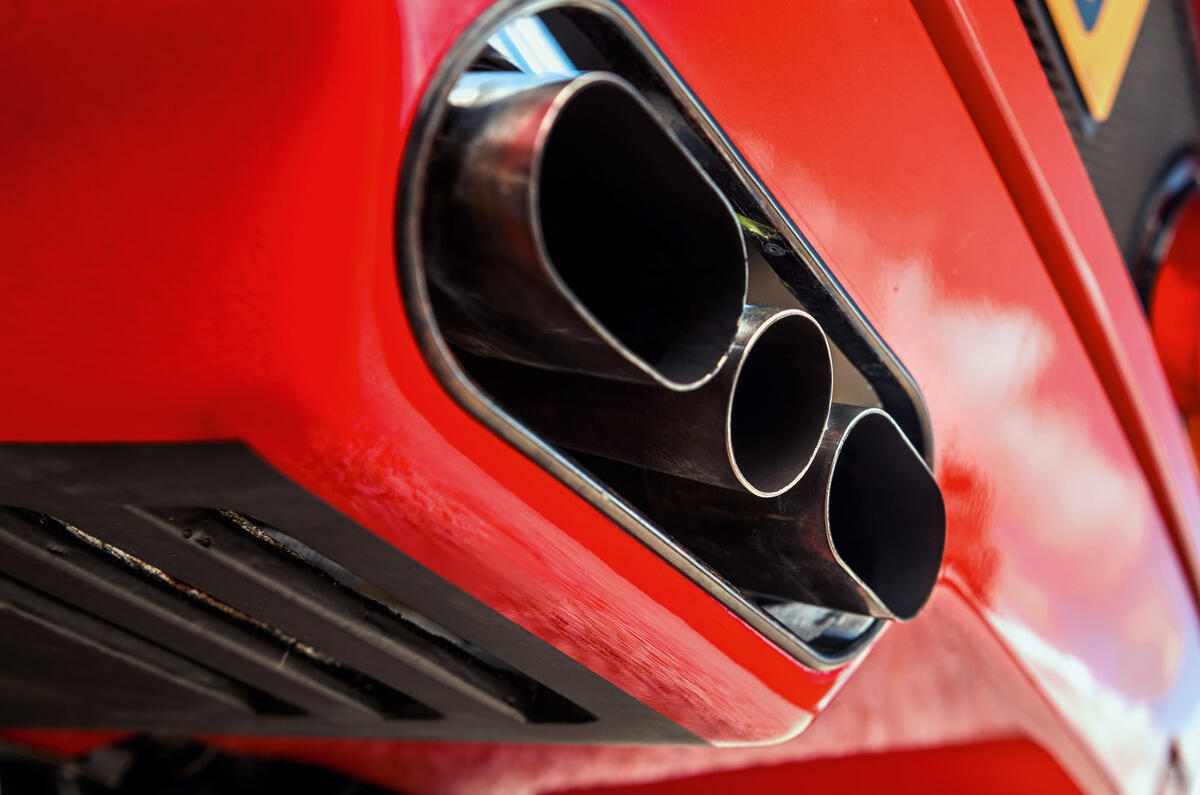

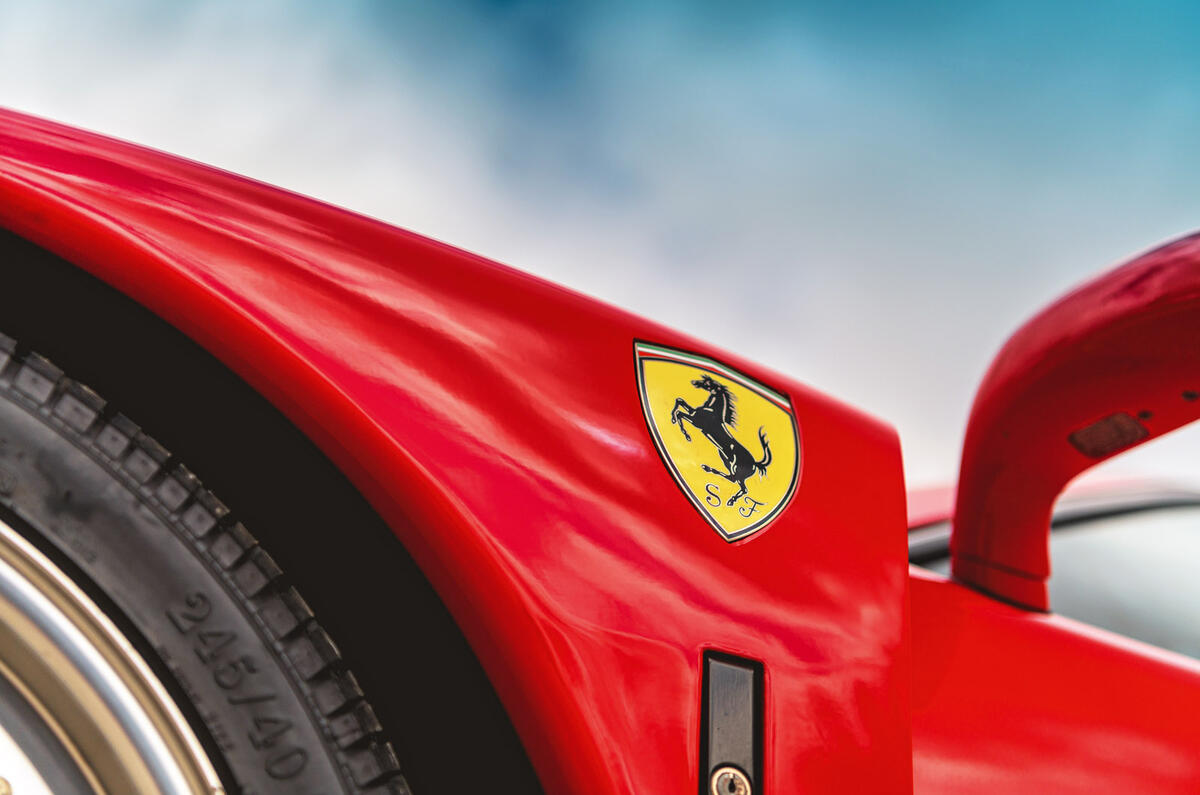
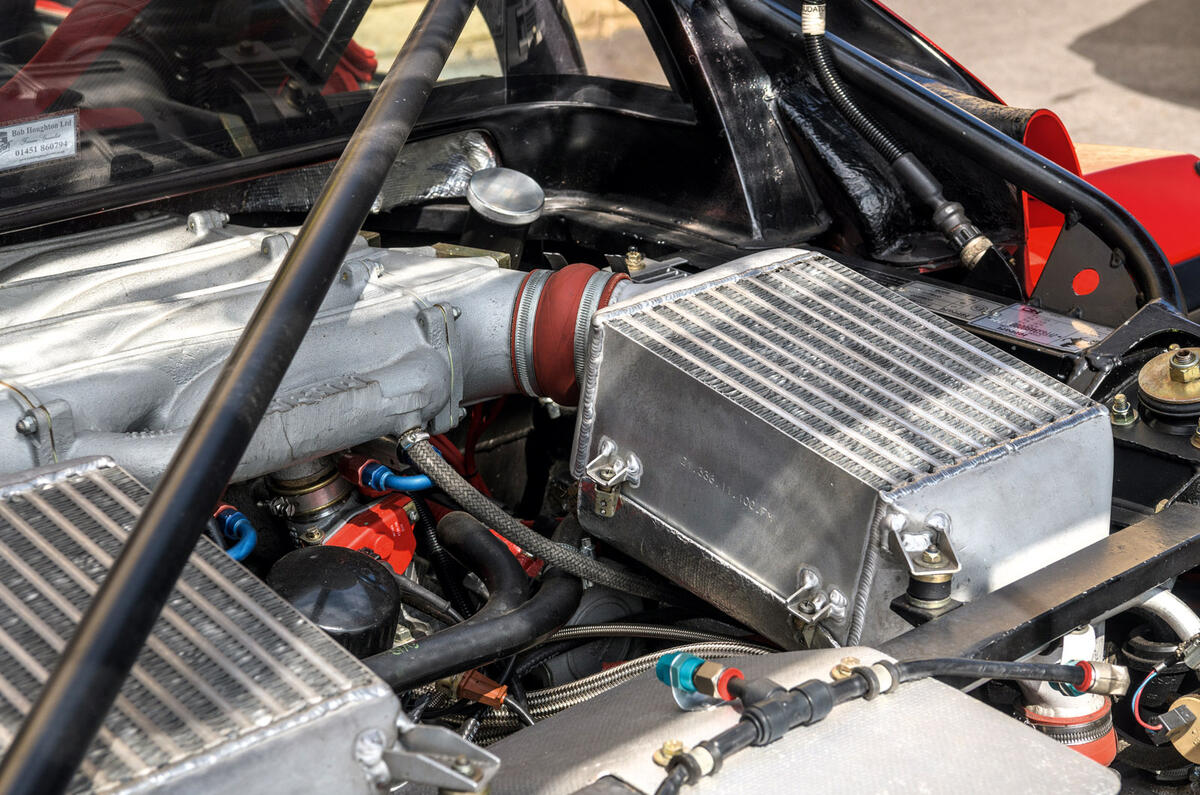
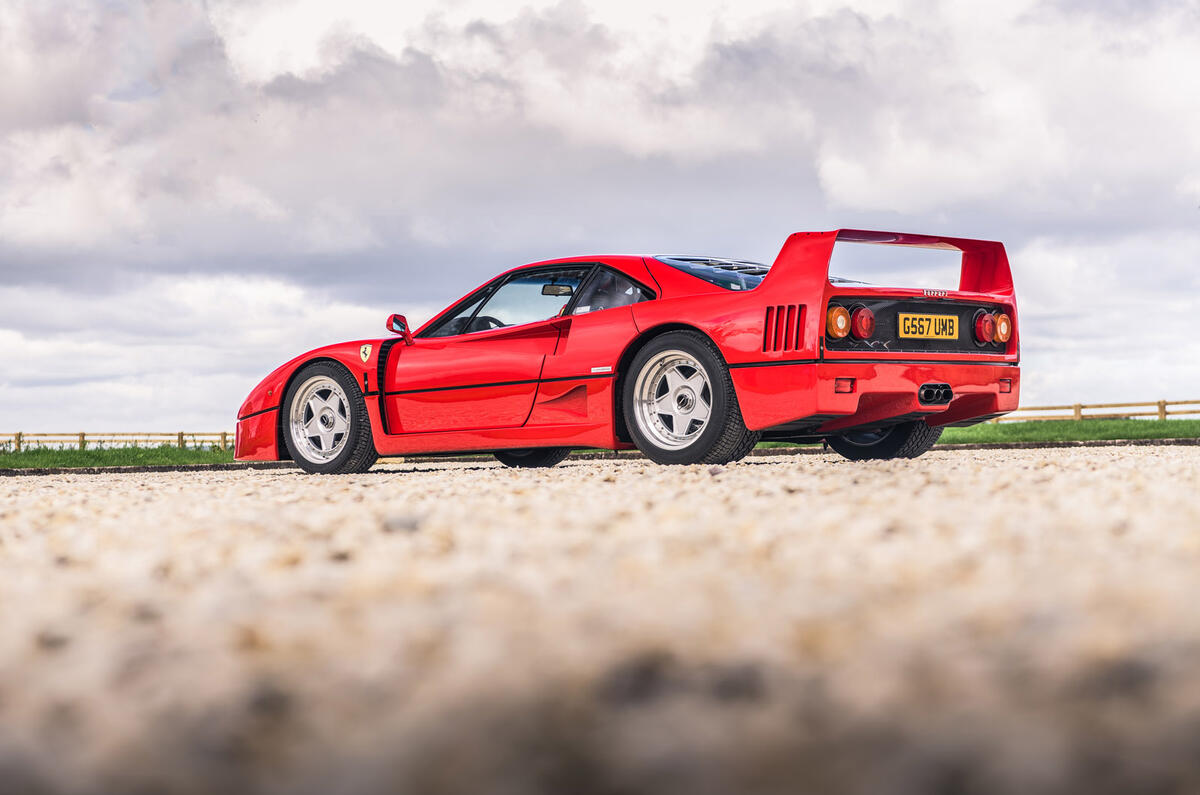
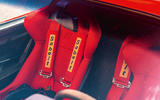


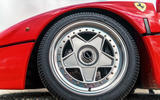
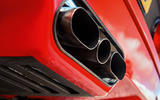


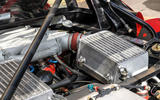


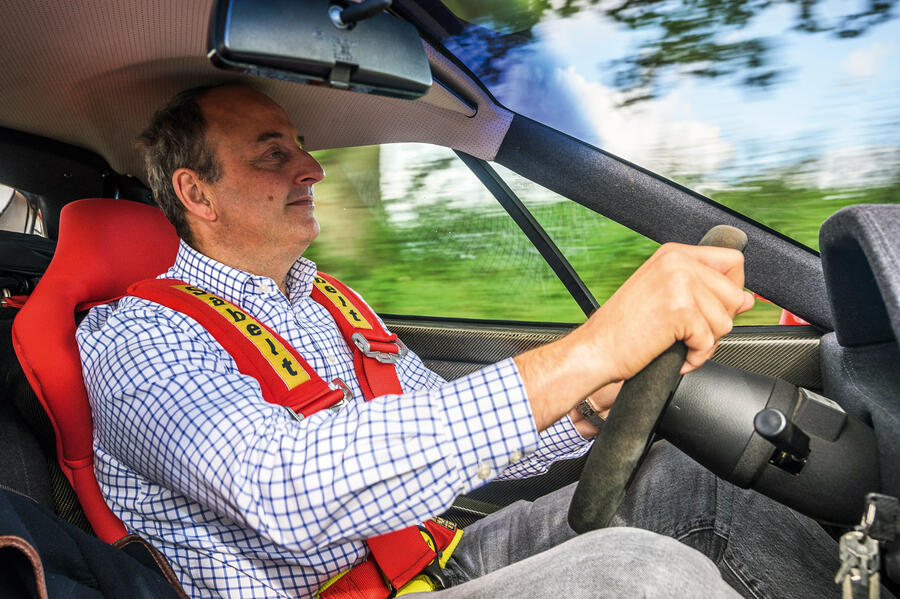


Join the debate
Add your comment
Well, not much chance of that then!
But I was lucky enough to have a passenger ride in a Porsche 956 le Mans car many years ago with Jonathan Palmer driving. In many ways that was probably better (and safer!) than driving it myself because I wouldn't have had the skill or experience to realise any of the car's potential - and it was certainly a ride of a lifetime.
Back in the real world, why not arrange to have drive in any Caterham, or pitch up at your local outdoor kart circuit and experience a few laps? Much better than dreaming about something that will never happen...
Not so great when launched - anyone remember?
When the F40 was launched in 1987, I recall Car mag's review, among others, being less enthusiastic than the article above. Sure, the F40 looked good and was mighty quick but it was neither fish nor fowl. On public highways, its width and unyielding suspension made it almost undriveable on all but the smoothest A-roads. So, the F40 was track focused? Umm, no. On circuits, it pitched, lurched and leaned like a badly set-up kit car. In short, the springs and ARBs were too soft, while the dampers were too stiff. Car's summary was the that the F40 was a cynical, crude and underdeveloped cash cow - a half-cocked response to the Porsche 959 and the then-recently announced Jag XJ-220. Of course, the F40 went on to be a succesful LM and GTE racer - albeit with significantly revised suspension and steering. I'm guessing that the article's featured car, G567 UMB, has had new springs, dampers and bushes during its c. 37,000km / 30-year life - springs and dampers that are significantly revised compared to those fitted in '89?
6threplicant - I'm not sure I
But my goodness I wish Autocar had the guts to write criticism like that now.
Autocar = Wet, woke and reactive (the magazine, but not all its journalists, and certainly not Andrew)
The F1